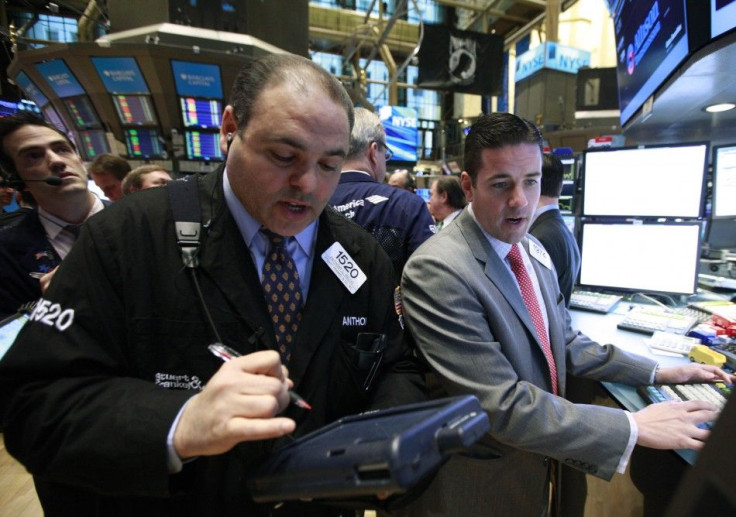S&P 500 Tops 1,400 As Jobs Market Improves

The S&P 500 Index rallied above 1,400 Thursday for the first time since June 2008 on the back of improvements in the U.S. jobs market.
The index closed up 8.32 points, or 0.60 percent, at 1,402.60.
U.S. stocks were buoyed partly by bullish initial jobless claims data for the week ended March 10, which, at 351,000, matched a four-year low reached in the week ended Feb. 25.
“There’s a steady, sustained improvement in the labor market,” Stephen Stanley, chief economist at Pierpont Securities, an institutional broker-dealer, told Bloomberg News.
The U.S. stock market has been on a tear in recent weeks, surging more than 11 percent year-to-date; for all of 2011, the S&P 500 ended nearly flat, dropping 0.04 points for the year.
Much of this tremendous upside move can be attributed to better-than-expected jobs data.
U.S. non-farm payrolls increased 227,000 in February, 284,000 in January and 223,000 in December of last year, handily exceeding market expectations and gains in preceding months.
“The economy has been expanding moderately. Labor market conditions have improved further; the unemployment rate has declined notably in recent months but remains elevated,” noted the Federal Reserve in its most recent interest rate policy statement on March 13.
The Fed also stated that “strains in global financial markets have eased.”
For much of 2010 and 2011, U.S. stocks were weighed down by the European debt crisis, which threatened the global financial system, including U.S. banks via their exposure to European assets.
Last December, in response to growing pressure from the bond market, the European Central Bank extended €489 billion ($639 billion) of 3-year loans to European banks at low rates.
In February, it loaned another €530 billion.
The ECB’s unprecedented monetary stimulus has calmed the continent’s debt crisis for now, which is another factor that lifted U.S. stocks.
So far in 2012, the euro has rallied 0.59 percent against the U.S. dollar, which signals both improving global risk appetite and easing pressures on European sovereign debt.
© Copyright IBTimes 2025. All rights reserved.





















